
Router Finger Joint Jig
I have wanted a Finger Joint Jig for quite some time. I came across one that I really liked. Matthias Wandel has a Screw Advance Box Joint Jig that he designed and built. He even has plans for it. I only worry that it might be difficult or frustrating to use, but it is very versatile.
Then I found this video by Ed Stile’s. His Box Joint Jig uses a screw to advance the carriage much like Matthias’s does, only Ed uses a simple crank instead of gears. His plans are available for free and I soon plan on building a jig based on Ed’s jig.
I am currently working on a blanket chest. I was thinking about how to join the boards together. I was considering purchasing a dove tail jig, but found it hard justify the cost. Name brand jigs are very pricey. While revisiting box joint jigs on YouTube I found a video on a jig I had not seen before, it works much like a dove tail jig.
Woodsmith Magazine has a video demonstrating their Router Finger Joint Jig, that they sell plans for. In the video they used different size keys making the fingers different sizes. Below is my take on their jig. I made my jig 24 inches long, the blanket chest is 18 inches. My keys are all 1 inch wide, that will make all my fingers the same size. I will experiment with different size keys later.
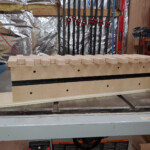

My test finger joint does not look all that good. I just grabbed the first two pieces of scraps for the initial test. But, I am happy with the results, they fit well with no fuss or tuning. I will update this post after I assemble the blanket chest. (I still have lots of sanding to do.)
What next? Assemble the blanket chest, then I want to make 1/2 inch fingers, and try different size keys. In Woodsmiths video it looked like they had the larger key facing one way and the smaller facing the other. Also I want to build a finger joint jig for the table saw based on Ed’s jig. Why another jig, now that I have one? Most flush trim router bits are 1/2″ and up in diameter. So I plan on using my router finger joint jig for larger boxes and the table saw finger joint jig for smaller boxes. The table saw finger joints can be as thin a single saw blade.
Mark
Update 01/04/2021
Even though I was thrilled at how well the fingers fit together, there was a noticeable inaccuracy in them. I went back and measured each finger and found up to seven thousands of an inch differences between the narrowest and the widest finger. I hand sanded each finger to within three thousands of an inch of each other.
I also found another issue with the tee nut. The tee nut was protruding past the edge of the finger. In a couple of instances this caused the fingers not to fit snugly up to each other.


I ground down the offending tee nuts and reassembled the jig for 1 inch fingers and did a test cut. The fit was tight but uniform, easily fixed with a thin shim and re-cut, success. One more test with the jig setup for 2 inch fingers I did another test cut. I added the shims and re-cut the fingers, success again. I am very happy with the fit of both test cuts.
Mark
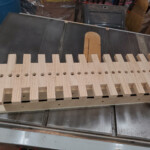


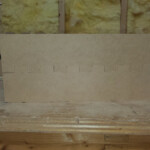
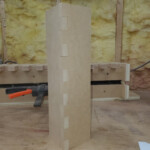
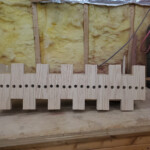
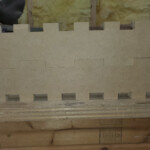
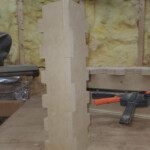
One Pingback
Cedar Blanket Chest – Mark Coulter and Family